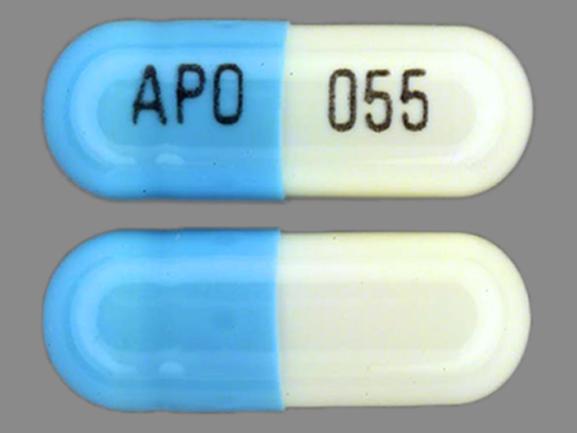Selegiline and Alcohol/Food Interactions
There are 3 alcohol/food/lifestyle interactions with selegiline.
Selegiline Alcohol (Ethanol)
Moderate Drug Interaction
Using selegiline together with ethanol (alcohol) may increase side effects such as dizziness, drowsiness, confusion, and difficulty concentrating. Some people may also experience impairment in thinking, judgment, and motor coordination. You should avoid or limit the use of alcohol while being treated with selegiline. Do not use more than the recommended dose of selegiline, and avoid driving, operating machinery, or engaging in potentially hazardous activities requiring mental alertness and motor coordination until you know how the medication affects you. Talk to your doctor if you have any questions or concerns. It is important to tell your doctor about all other medications you use, including vitamins and herbs. Do not stop using any medications without first talking to your doctor.
Selegiline Food
Major Food Interaction
While you are taking selegiline, you must not eat or drink certain foods and beverages that are high in tyramine. Eating these foods while you are taking selegiline can raise your blood pressure to dangerous levels. This may cause life threatening symptoms such as sudden and severe headache, confusion, blurred vision, problems with speech or balance, nausea, vomiting, chest pain, seizure (convulsions), and sudden numbness or weakness (especially on one side of the body). Call your doctor at once if you have any of these symptoms. Foods that are high in tyramine include: air dried meats, aged or fermented meats, sausage or salami, pickled herring, and any spoiled or improperly stored beef, poultry, fish, or liver, red wine, beer from a tap, beer that has not been pasteurize, aged cheeses, including blue, brick, brie, cheddar, parmesan, romano, and swiss, sauerkraut, over the counter supplements or cough and cold medicines that contain tyramine, soy beans, soy sauce, tofu, miso soup, bean curd, fava beans, or yeast extracts (such as Marmite).
Switch to professional interaction data
Selegiline High Blood Pressure (Hypertension)
Moderate Potential Hazard, Moderate plausibility
selegiline - hypertension
Selegiline can cause hypertensive reactions and it should be used with caution in patients with hypertension. Patients should report any symptoms such as occipital headache, palpitations, neck stiffness or soreness, nausea, sweating, dilated pupils and photophobia. Patients receiving therapy need to have monitored their blood pressure frequently to detect any evidence of pressor response. Additionally, patients should be advised to avoid foods and drinks with high tyramine content such as cheese, sour cream, beer, liver, bananas and others, as these might trigger a hypertensive crisis.
Switch to professional interaction data
Selegiline drug interactions
There are 517 drug interactions with selegiline.
Selegiline disease interactions
There are 11 disease interactions with selegiline which include:
- major psychotic disorders
- severe renal dysfunction
- hypotension
- hypotension
- cardiac disease
- glaucoma
- hypertension
- liver disease
- melanoma
- sleep disorders
- urinary retention
More about selegiline
- selegiline consumer information
- Check interactions
- Compare alternatives
- Pricing & coupons
- Reviews (68)
- Drug images
- Side effects
- Dosage information
- During pregnancy
- Drug class: dopaminergic antiparkinsonism agents
- Breastfeeding
Related treatment guides
Drug Interaction Classification
| Highly clinically significant. Avoid combinations; the risk of the interaction outweighs the benefit. | |
| Moderately clinically significant. Usually avoid combinations; use it only under special circumstances. | |
| Minimally clinically significant. Minimize risk; assess risk and consider an alternative drug, take steps to circumvent the interaction risk and/or institute a monitoring plan. | |
| No interaction information available. |
Further information
Always consult your healthcare provider to ensure the information displayed on this page applies to your personal circumstances.


